A Stylish and Practical Choice for Any Culinary Establishment In the world of restaurant design, there are countless aspects to consider. From the layout of the dining area to the ambiance of the space, every detail plays a crucial role in creating an inviting and enjoyable experience for the customers. One often-overlooked element is the choice of kitchen tiles, which can make a significant impact on both the functionality and aesthetics of the space. When it comes to restaurant kitchen tiles, several options are available, each with its own set of advantages and considerations.
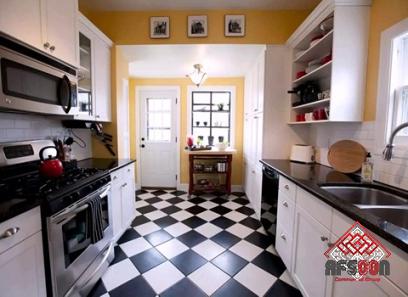
.
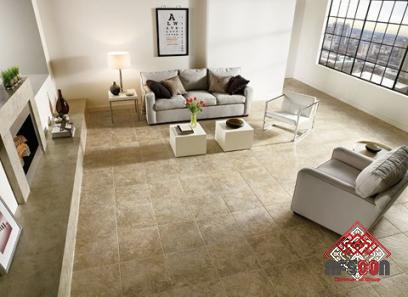 Understanding the characteristics of different tile materials and designs can help restaurant owners and designers make an informed decision. One popular choice for restaurant kitchen tiles is ceramic. Ceramic tiles are known for their versatility and durability, making them an excellent option for busy kitchen environments. These tiles are resistant to water, stains, and heat, making them ideal for areas prone to spills and high temperatures. Moreover, ceramic tiles can withstand heavy foot traffic and the heavy machinery often found in commercial kitchens, ensuring longevity and cost-effectiveness. Another option to consider is porcelain tiles.
Understanding the characteristics of different tile materials and designs can help restaurant owners and designers make an informed decision. One popular choice for restaurant kitchen tiles is ceramic. Ceramic tiles are known for their versatility and durability, making them an excellent option for busy kitchen environments. These tiles are resistant to water, stains, and heat, making them ideal for areas prone to spills and high temperatures. Moreover, ceramic tiles can withstand heavy foot traffic and the heavy machinery often found in commercial kitchens, ensuring longevity and cost-effectiveness. Another option to consider is porcelain tiles.
..
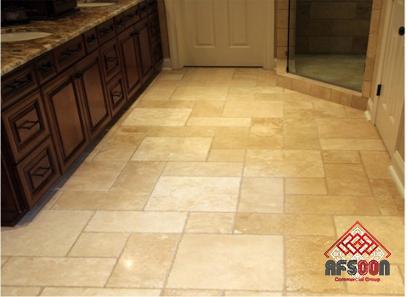 Porcelain tiles are known for their strength and resistance to moisture, making them a great choice for restaurant kitchens. The dense composition of these tiles makes them highly durable and less prone to chipping or cracking, even with heavy use. Porcelain tiles also come in a wide array of colors, patterns, and finishes, allowing for endless design possibilities. For those who prefer a more natural look, stone tiles, such as granite or slate, are an excellent choice. These tiles bring a touch of elegance and sophistication to the kitchen while providing excellent durability. Stone tiles are known for their heat resistance and ability to withstand heavy-duty use, making them a perfect option for high-traffic restaurant kitchens. Additionally, the natural variations in color and pattern found in stone tiles can add a unique and visually appealing element to the space.
Porcelain tiles are known for their strength and resistance to moisture, making them a great choice for restaurant kitchens. The dense composition of these tiles makes them highly durable and less prone to chipping or cracking, even with heavy use. Porcelain tiles also come in a wide array of colors, patterns, and finishes, allowing for endless design possibilities. For those who prefer a more natural look, stone tiles, such as granite or slate, are an excellent choice. These tiles bring a touch of elegance and sophistication to the kitchen while providing excellent durability. Stone tiles are known for their heat resistance and ability to withstand heavy-duty use, making them a perfect option for high-traffic restaurant kitchens. Additionally, the natural variations in color and pattern found in stone tiles can add a unique and visually appealing element to the space.
…
 In terms of design, the choice of restaurant kitchen tiles can have a significant impact on the overall atmosphere of the establishment. Light-colored tiles, for example, can make the kitchen appear more spacious and bright, while darker tiles lend a cozy and intimate feel. The pattern and layout of the tiles can also contribute to the overall aesthetic, whether opting for a classic subway pattern or a more intricate mosaic design. When selecting restaurant kitchen tiles, it is crucial to consider both style and functionality. The tiles should not only fulfill the desired aesthetic vision but also meet the practical demands of a busy kitchen. Easy maintenance, slip resistance, and hygiene factors should all be taken into account to ensure the safety and efficiency of the workspace. In conclusion, the choice of restaurant kitchen tiles is an important decision for any culinary establishment. Whether opting for ceramic, porcelain, or natural stone, choosing the right type of tile can enhance the functionality and style of the kitchen. By carefully considering the specific needs of the restaurant and the desired aesthetic, owners and designers can create a beautiful and practical space that not only fulfills the needs of the staff but also captivates the customers.
In terms of design, the choice of restaurant kitchen tiles can have a significant impact on the overall atmosphere of the establishment. Light-colored tiles, for example, can make the kitchen appear more spacious and bright, while darker tiles lend a cozy and intimate feel. The pattern and layout of the tiles can also contribute to the overall aesthetic, whether opting for a classic subway pattern or a more intricate mosaic design. When selecting restaurant kitchen tiles, it is crucial to consider both style and functionality. The tiles should not only fulfill the desired aesthetic vision but also meet the practical demands of a busy kitchen. Easy maintenance, slip resistance, and hygiene factors should all be taken into account to ensure the safety and efficiency of the workspace. In conclusion, the choice of restaurant kitchen tiles is an important decision for any culinary establishment. Whether opting for ceramic, porcelain, or natural stone, choosing the right type of tile can enhance the functionality and style of the kitchen. By carefully considering the specific needs of the restaurant and the desired aesthetic, owners and designers can create a beautiful and practical space that not only fulfills the needs of the staff but also captivates the customers.

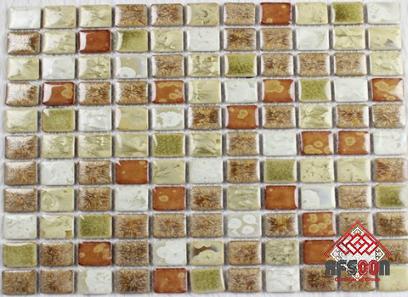

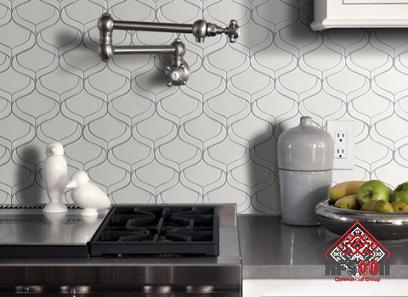
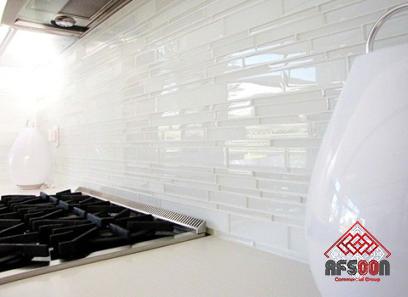
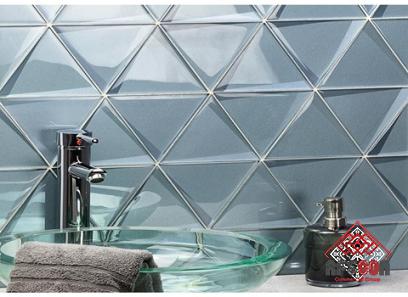
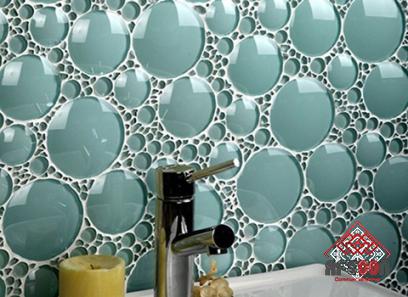

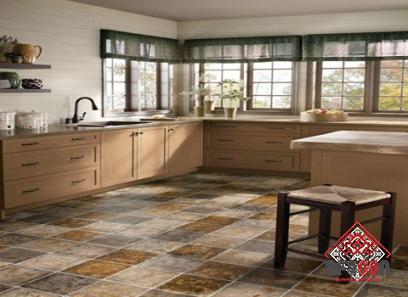

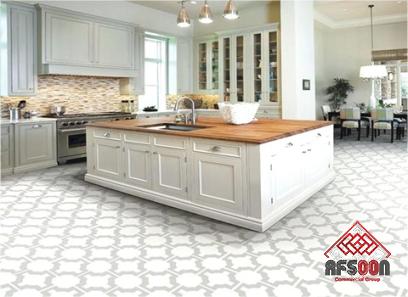
Your comment submitted.